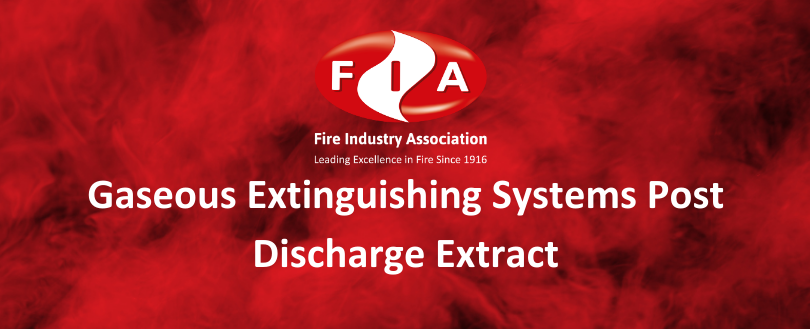
Key guidelines and best practices: Gaseous extinguishing systems post discharge extract
Like it? Share it!
21 August 2024
The Fire Industry Association (FIA) has issued guidance to help navigate the complexities of post-discharge ventilation (PDV) and ensure effective implementation. PDV is a crucial component following the activation of a gaseous fire extinguishing system. It ensures that the environment is cleared of any harmful residues, allowing for safe re-entry and preventing potential re-ignition of fires. While the need for PDV is often recognized, it is distinct from pressure relief systems, though they can sometimes be integrated.
Key considerations for PDV implementation
When planning for PDV, the responsibilities fall on the system designer or certifier. The installation and management of PDV should be part of a broader risk assessment for the gaseous extinguishing system. The decision between natural or forced ventilation must be made with care, often requiring external expertise beyond the system designer’s capabilities.
Best practices and compliance
ISO 14520 and EN 15004 emphasise the necessity of prompt natural or forced-draft ventilation following a system discharge. While fixed ventilation systems are not mandated, portable arrangements can be acceptable, provided they are capable of thoroughly evacuating the discharged agent.
For more detailed technical guidance and to ensure compliance with PDV requirements, download the FIA Guidance Document.
Discover how you can make a difference in the fire industry by getting involved with our Councils, Working Groups and Special Interest Groups. Learn more here.
Related training
Related news
-
Fire Officers Share Tips for Safer Caravan Holidays
17 April 2025
-
Government Extends Waking Watch Replacement Fund
15 April 2025
Related resources
-
Guidance Document Attestation of Fixed Firefighting Systems
18 October 2024
-
Fact File 99: F-Class Fires.pdf
10 October 2024
